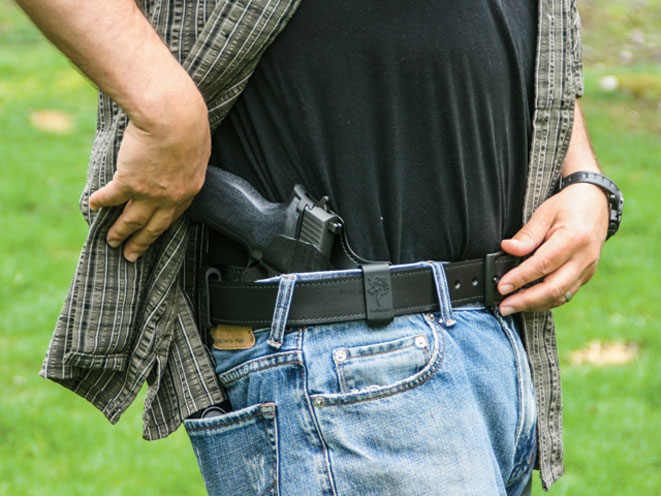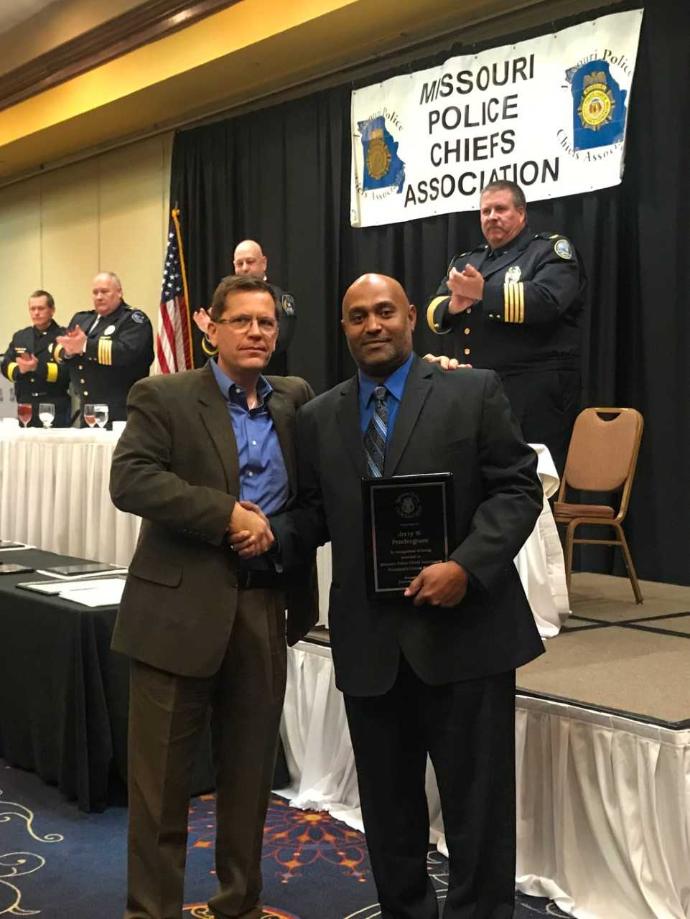Choosing A Defensive Handgun – Part I
Everyone has an opinion on which gun/caliber/action type is best for self-defense. Ask twenty shooters you will probably get as many different opinions. In the next few posts I will try to help you navigate the confusion with some simple facts and guidelines.
Let’s start with a few home truths:
- All Firearms can kill you period. People often conveniently overlook this fact when touting their favorite hand cannon.
- Only hits count in a gun fight. A hit with a .22 is 100% more effective than a miss with a .44 magnum.
- You have a better than 50% chance of surviving being shot with a Handgun. Handguns are notoriously inefficient at killing for several reasons. Low velocity, small munitions and difficulty in accurate shot placement under stress or without continuous proper training. Another factor is of course improvements in medical techniques, technology and response time. Given the option LE will reach for their Shotgun or Rifle as would most Military personnel.
- There is only one Best Handgun for Self-defense. It’s the Largest Caliber Handgun that You can :
- Confidently
- Safely
- Quickly
- Accurately
- Place Multiple Hits on the Target
In order to find the handgun best suited to your defensive needs and capabilities there are several factors we need to consider. There are specific criteria for Concealed guns that do not apply to home defense guns and I will cover them separately at the end. Let’s start with some general guidelines.
- Fit and Ergonomics You must be able to grip the gun correctly and your finger should be able to correctly activate the trigger with that grip. You should be able to comfortably locate and manipulate all the guns controls. With Practice you can overcome minor deficiencies in fit and ergonomics, however if fit and ergonomics are seriously wrong you will not enjoy shooting the gun and therefore wont practice with it rendering it useless.
- Price and Budget. With handguns, like most things in life you get what you pay for. Prices range from around $200 – $3000+. What you should remember is that you are trusting your life to this gun, It will be in constant use so will incur wear and it has to be 100% reliable even in adverse conditions. Will that cheap gun fulfil those criteria? Probably not. But, if that is all you can afford it is better than no gun. At the other end of the scale do I want to subject my beautiful custom, finely tuned, precision made Kimber to the rigors of constant re-holstering, dirt, grime and wear of constant training? Maybe not. Fortunately the middle ground is full of quality proven duty type firearms in a variety of action types from multiple manufacturers. A good quality daily use firearm can be obtained for around $500-$800. You also need to consider the cost of ammunition when budgeting. As a rule of thumb, the larger the caliber the more expensive the ammunition.
- Size/Weight/Recoil/Caliber. Whenever we fire a gun the cartridge generates a force equal and opposite to the force being applied to the bullet. The bigger the Caliber the greater the force. This force is absorbed partially by the gun itself the rest is absorbed by us. The portion we absorb is called Felt Recoil. If we keep caliber the same, then reduce the weight/size of the gun, less force is absorbed by the gun due to its reduced mass. Therefore we must absorb more force, greater Felt Recoil. More recoil makes guns harder to control inhibiting fast follow up shots. Also smaller guns have shorter sightlines making them harder to shoot accurately and shorter barrels which reduce muzzle velocity/bullet energy.
- Double Action Revolver/Semi-Automatic. Both are effective Defensive Handguns with pros and cons. Revolvers are simple to use reliable and not prone to user induced malfunctions. They take some serious practice to shoot rapidly and accurately due to their heavy double action triggers. They generally hold between 4-8 rounds depending on frame size and caliber. With practice and a speed loader they can be reloaded reasonably quickly. Semi-Automatics are typically easier to shoot fast and accurately due to shorter lighter trigger pulls. They are however prone to user induced malfunctions and care must be taken when selecting Hollow Point ammunition as some are finicky about which brands they will feed reliably. They generally have a much greater ammunition capacity than revolvers (up to 17 or more) and are easier to reload quickly.
- Manufacturer. Who makes the gun you buy is important for several reasons. Warranty is important on a gun you will use hard and often. Availability of parts and ease of repair are also considerations. By staying with main stream manufacturers you will have less down time for a broken gun than if you bought that cool exotic hand cannon that has to be sent overseas for repair as nobody here has a clue how to fix it and even if they do it takes weeks to get parts.
- Concealed Carry Considerations.
- Slim. Thin guns are easier to conceal so consider a single stack magazine for Semi-Autos. With Revolvers Reducing Cylinder capacity is a common way to slim down the gun.
- Shorter. Most concealable firearms have shorter barrels and grips to aid in concealment.
- Smooth. Ideally sights and controls should have rounded edges or be recessed to prevent snagging on clothing and gear.
When you have narrowed down your choices to three or four contenders go and rent them and shoot them. Far better to spend an extra $100 bucks trying them out, than find you hate that $800 gun you just bought.
In part 2 at the risk of hundreds of emails I will share some thoughts on caliber for Self-Defense.

![EDC03[3]](https://iconcealed.com/wp-content/uploads/2016/08/EDC033-scaled.jpg)
